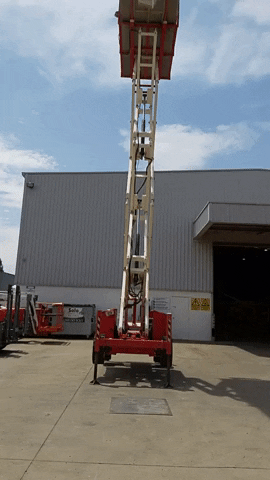
Type A Package Design and Verification for Radiation Sources
Radioactive products play an important role in our modern age. Their use is applicable across a range of industries including manufacturing, mining and medicine. Specifically, this material is essential in the advanced diagnosis and treatment of some cancers. While these products are used worldwide, the packages within which they are transported must meet specific requirements.
The packages which have been specifically designed for international transport are thoroughly tested and verified to ensure that they meet strict criteria and adhere to regulations.
The two main packages used for transporting non-exempt amounts of radioactive products are Type A and Type B.
The type of package required is dictated by:
- Type of radiation
- Activity level of the source intended to be carried
- Validity of the Special Form certificate for the source capsule, if the activity of the source exceeds the A2 value for the particular isotope
Depending on these factors the appropriate package type can be selected.
Type A packages are the simplest and most cost-effective package for the transport of radioactive products. Type A packages are internationally defined by the International Atomic Energy Agency (IAEA) and must meet the regulations specified within the current design regulations. The current standard is the Regulations for the Safe Transport of Radioactive Material 2018 (SSR-6).
This document outlines all of the safety standards which a Type A package must meet. This includes extensive physical tests that the package is subjected to in order to verify the integrity of its structure during transport. By subjecting the package to a range of potential incidents and measuring any changes, we can verify the safety of the contained material according to stringent requirements.
Design Reviews
At Nuclear Australia, we design and verify Type A packages for our customers, particularly for the pharmaceutical industry where liquid isotopes for patient therapies are used. Type A packages must be shown to meet all the requirements in the SSR-6 through a comprehensive design review and a number of physical tests.
To ensure a design meets these requirements Nuclear Australia engineers first analyze the design to ensure all requirements are met through computer simulations and the modeling of its mechanical and attenuation properties. This includes documenting the design against every requirement of the SSR. For example, SSR-6 Requirement 613A states the package should take into account ageing mechanisms. Therefore, a design that quickly wears should not be used or alternatively, the package should be designated for single use only.
Physical Testing
Once the design review has been completed it must be subjected to a number of physical tests. A standard Type A package must be subjected to:
1) Water Spray Test
To simulate light rainfall for one hour prior to each of the destructive tests. This is to ensure that the package can withstand water and is not physically compromised by rain. This is particularly relevant for cardboard and wooden packages.
2) Stacking Test
The package is stacked with five times its mass applied to its top surface to ensure it will not compress and reduce its external dimensions.
3) Drop Test
The package is dropped from a height of 1.2m onto a steel hardstand to test its ability to contain the isotope inside if it was dropped in transit.
4) Puncture Test
A steel bar of 6kg in weight is dropped onto the package from a height of 1m. This is to ensure that should the package be hit by a falling object, it would not be punctured and affect the secure containment of the isotope inside.
Type A packages which carry liquid must also be subjected to the following tests:
5) Puncture Test (1.7m)
To ensure that the liquid contained in a Type A package will not escape in the worst case scenario. The same steel bar as above must also be dropped from 1.7m.
6) Free Fall Drop Test
The most extreme and spectacular test of a Type A package is the free fall drop test where the package is dropped from 9m and enters into free fall. This is to simulate falling off a rack while in transit. Although the package can be significantly damaged, it must not release the liquid from containment.

Compliance
Once all these tests are complete, Nuclear Australia will create a certificate of compliance and issue it to the customer to signify that the package meets the requirements set out in SSR-6 and is fit for transport.
Labeling
Packages which transport radioactive products are classified as dangerous goods and must carry the Dangerous Goods 7 stickers with the nuclear trefoil attached. The package is classified as 1, 2 or 3 and this is calculated based upon the Transport Index (TI) of the package. The Transport index is the reading on a survey meter located 1m from the package in micro sieverts (uSv) divided by 10. This transport index is also written on the package so that those handling the package can care for it appropriately.
Need package design or verification for radioactive source transportation?
Get in touch with us at Nuclear Australia for more assistance: +61 3 8770 6565

